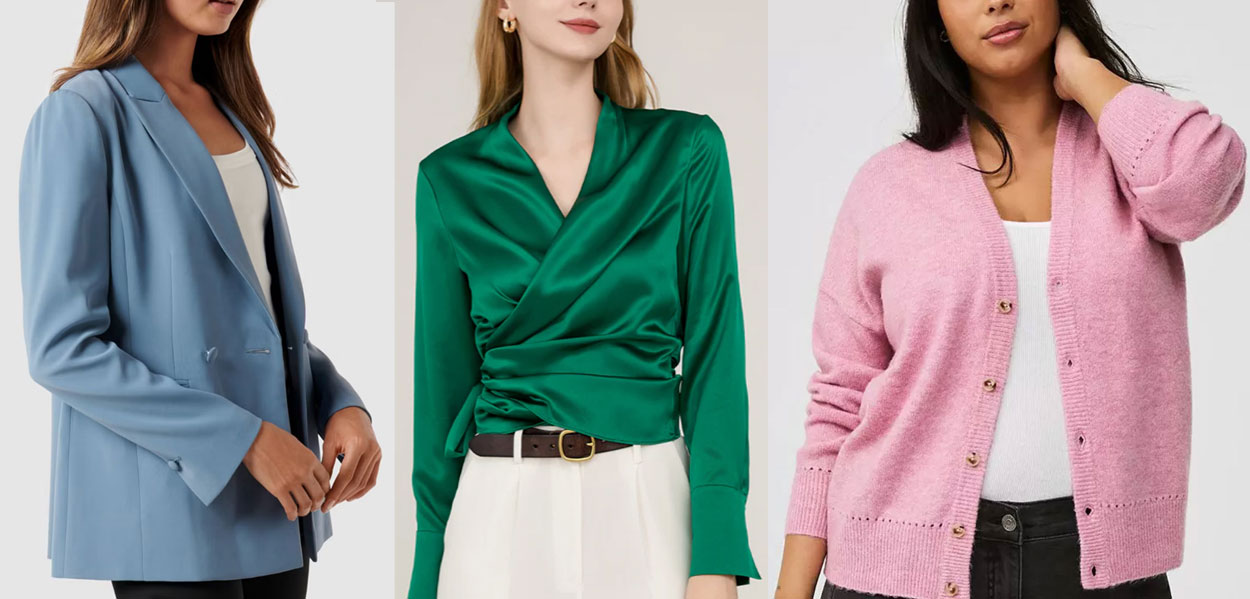Knowing how to choose the best fabrics for clothing is crucial for creating a wardrobe that is both stylish and functional. By understanding the characteristics of different fabrics, you can pick the best fabric that will enhance your personal style and also provide comfort and sustainability.
As a personal stylist I often recommend to my clients the best fabrics for clothing as well as those to avoid, based on their individual needs and preferences.
In the world of fashion, the fabric you choose can make or break your outfit. The texture, weight, and drape of a fabric can transform a simple design into a statement piece. With so many options available, selecting the right fabric can be overwhelming.
How to Choose the Best Fabrics For Clothing
The “good quality fabrics” typically refer to natural fibers like cotton, silk, wool, linen, cashmere, with a fine weave, even thread count, and good drape, while “bad quality fabrics” are often synthetic materials like spandex, acrylic, or nylon with a loose weave, poor drape, and tendency to pill or lose color quickly; essentially, high-quality fabrics are durable, comfortable, and maintain their appearance well over time, whereas low-quality fabrics may be cheap but will wear out faster and look less polished.
Here I’d like to delve into the characteristics of some of the most popular fabrics—wool, cashmere, silk, cotton, velvet, polyester, and rayon—and explain why you might want to steer clear of spandex and other synthetic stretchy fabrics.
Here are some common recommendations:
7 Best Fabrics For Clothing
1. Wool: The Winter Essential
Wool is a natural fiber obtained from sheep and other animals. It’s renowned for its warmth and is definitely a staple in winter wardrobes. Wool is breathable, moisture-wicking, and has natural insulating properties. It’s a freat fabric for coats, sweaters, and scarves. When choosing wool, consider the type—Merino wool is softer and less itchy, while Shetland wool is more robust and durable. Wool’s versatility extends to blends, which can enhance its properties or reduce costs.
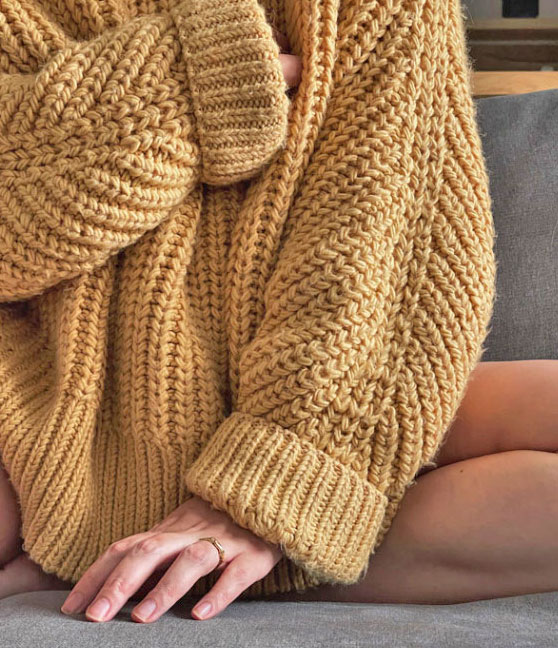
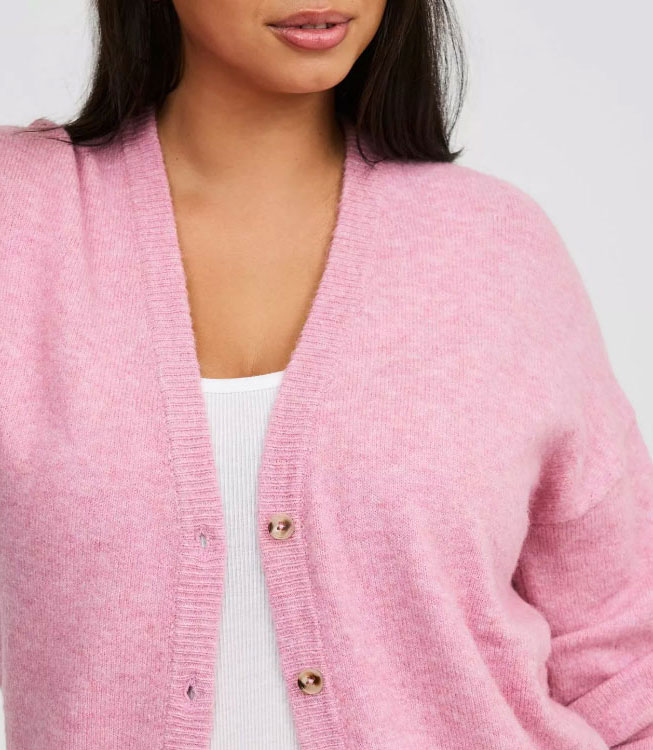
2. Cashmere: The Luxurious Choice
Cashmere is like the gold standard of fabrics, coming from the soft undercoat of cashmere goats. It’s super soft and lightweight, yet it keeps you really warm. Think of cashmere sweaters and scarves as those special pieces in your wardrobe that instantly make you look classy. When you’re shopping for cashmere, try to find pieces with tightly woven fibers that won’t pill easily. Even though it can be pricey, cashmere is a great investment because it lasts a long time and never goes out of style.
3. Silk: The Epitome of Elegance
Silk is one of those fabrics that just feels special. It’s got this amazing shine and smoothness and looks great in any situation: a casual day out to a fancy evening event. Whether you’re wearing a silk blouse, dress, or tie, it drapes beautifully and adds a touch of elegance. Plus, silk is pretty smart—it keeps you cool when it’s hot and warm when it’s chilly. When you’re picking out silk, think about the weave: satin silk is super glossy and smooth, while raw silk has a bit more texture to it.
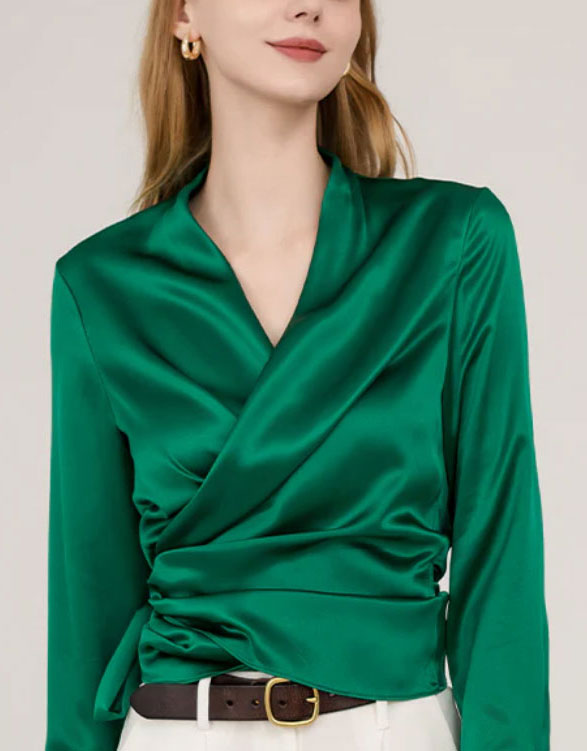

4. Cotton: The Everyday Essential
Cotton is that go-to fabric we all have in our closets because it’s just so comfy and breathable. Whether it’s your favorite t-shirt, a pair of jeans, or a breezy summer dress, cotton fits right in. It’s super easy to take care of and lasts a long time, so you can wear it every day. When you’re picking out cotton clothes, think about the weave and weight—lightweight cotton is great for those hot summer days, while thicker weaves are better when it gets a bit chilly.
5. Velvet: The Statement Maker
Velvet is that fabric that instantly makes you feel like royalty. It’s super plush and has this rich, luxurious vibe that can really elevate your wardrobe. You’ll often see velvet in evening wear, like fancy dresses and blazers, because of its deep colors and rich texture. If you’re picking out velvet, think about the type—crushed velvet has a cool, textured look, while silk velvet is all about that smooth, shiny finish. Just a heads up, velvet needs a bit of TLC when it comes to cleaning, so it’s perfect for those special occasions when you want to make a statement.

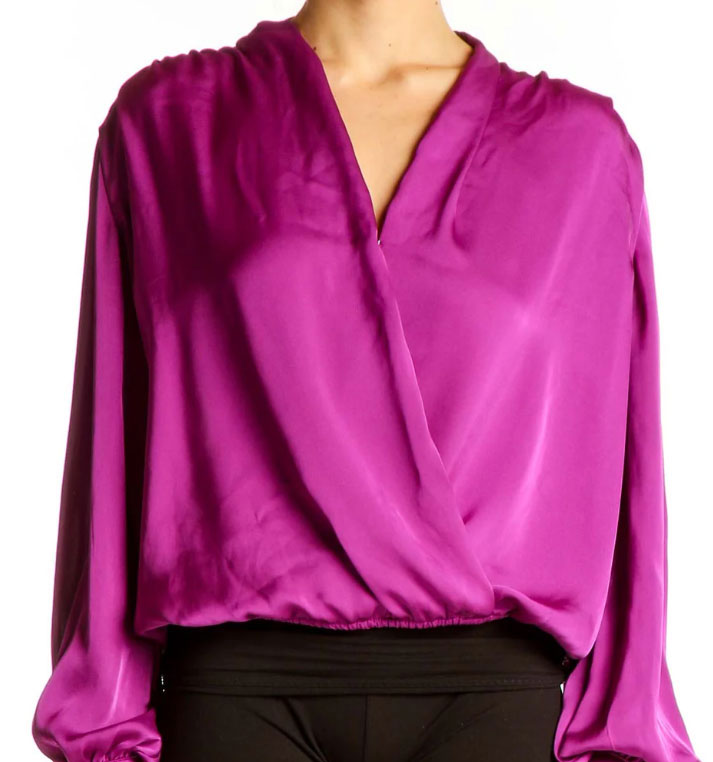
6. Polyester: The Practical Option
Polyester is that go-to synthetic fabric when you need something tough and wrinkle-free. It’s often mixed with natural fibers to give you the best of both worlds. Polyester is super easy to care for and keeps its shape, which is great for everyday outfits. But, keep in mind, it doesn’t breathe as well as natural fabrics, so it might not be the best choice for those scorching summer days. When you’re picking out polyester, try to find blends that combine the perks of both natural and synthetic fibers.
7. Rayon: The Versatile Fabric
Rayon is a semi-synthetic fabric made from cellulose fibers. Because of its silk-like feel and drape, Rayon is a popular choice for dresses and blouses. Rayon is breathable and comfortable, but it can wrinkle easily and may shrink when washed. When selecting rayon, consider the finish—viscose rayon is smooth and shiny, while modal rayon is softer and more absorbent.
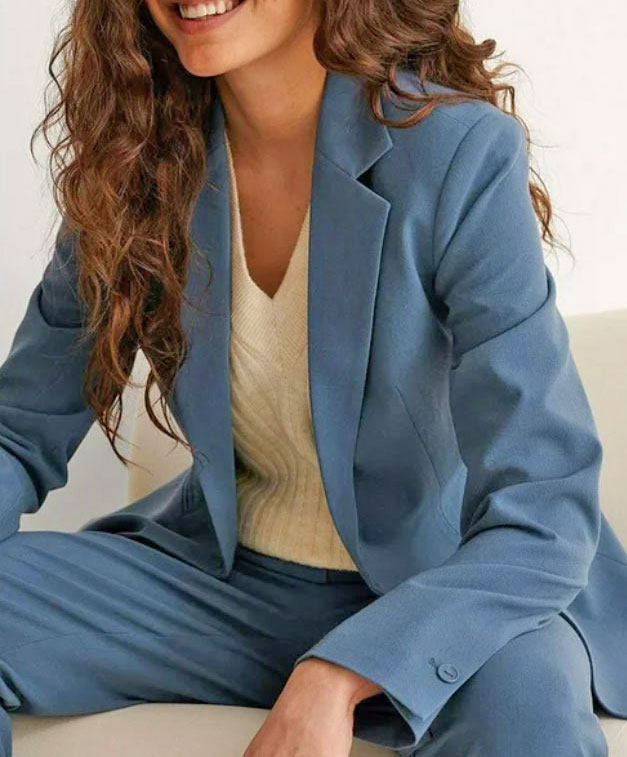
Good quality & bad quality fabrics. What Fabrics to Avoid
As a fashion stylist I know that there are definitely good quality and bad quality fabrics, and the distinction often comes down to factors like fiber content, weave, and finishing processes.
Why Avoid Spandex and Other Synthetic Stretchy Fabrics?
Spandex and other stretchy synthetic fabrics are great for giving you that comfy, flexible fit, but they do have their downsides. For starters, they’re not the best for the environment since they don’t break down easily, adding to pollution. Plus, they can make you feel hot and sticky because they trap heat and moisture, which isn’t fun for your skin. Over time, these fabrics can also lose their stretchiness, leaving you with clothes that don’t quite fit right anymore. If you’re looking to build a wardrobe that’s both comfy and eco-friendly, try going for natural fibers or blends that give you some stretch without skimping on quality.
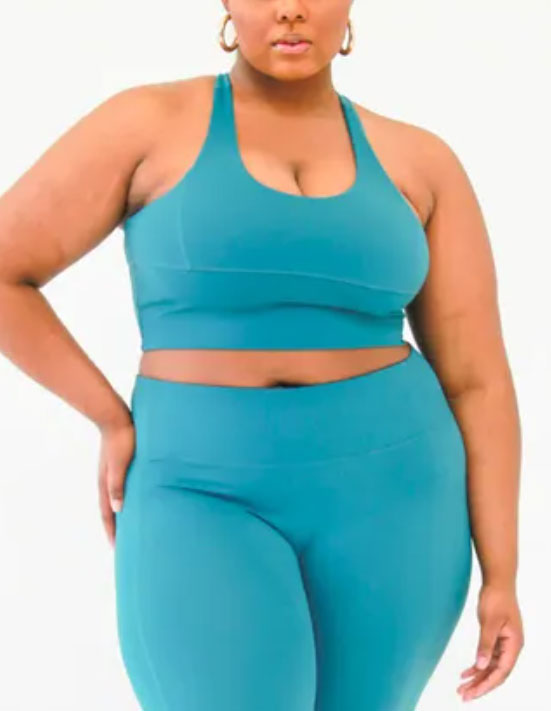
At the end of the day, picking the right fabric is key to building a wardrobe that’s not just stylish but also practical. Whether you’re drawn to the cozy warmth of wool, the plush luxury of cashmere, or the timeless elegance of silk, each fabric has its own perks that can take your outfit to the next level.
Why Certain Body Types Should Avoid Spandex and Other Synthetic Stretchy Fabrics
While spandex and other synthetic stretchy fabrics have their place in the world of fashion, they may not be the best choice for everyone, particularly for tall and curvy women, plus size women or women with certain body types. These materials are designed to cling closely to the body, which can sometimes emphasize every curve and fold. For women who prefer a more streamlined silhouette, this can be less than flattering.
The stretchy nature of these fabrics can accentuate areas that one might prefer to downplay, making a person appear larger than they actually are. Instead, opting for fabrics with a bit more structure, like cotton or wool blends, can provide a more balanced and flattering look. These fabrics have a nice flow to them, giving you that smooth, flattering look without being too clingy. When you pick materials that provide a little extra support and structure, it can really boost your confidence and comfort. It’s all about showing off your favorite features while keeping things subtle in areas you’d rather not highlight.
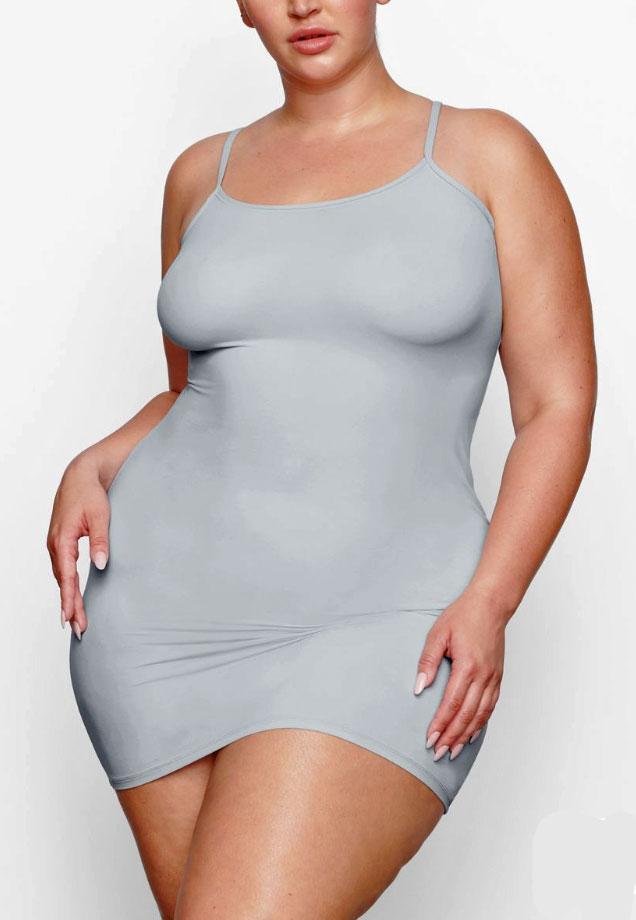
In conclusion, choosing the right fabric is crucial for creating a wardrobe that is both stylish and functional. By understanding the characteristics of different fabrics, you can make informed decisions that enhance your personal style while considering comfort and sustainability. Whether you opt for the warmth of wool, the luxury of cashmere, or the elegance of silk, each fabric offers unique benefits that can elevate your outfit to new heights.
Style Fix Studio offers a range of personal styling services for men and women, such as Free Initial Personal Styling Consultation with a Certified Personal Stylist, Closet Audit, Color Analysis, Personal Shopping with a Try-on Session, Wardrobe Makeover, Total Image Makeover Services for all ages, Plus Size Styling and Online Personal Styling. Contact Style Fix Studio today to schedule a consultation with a professional personal stylist in Boston, MA. Transform your look, transform your life!

